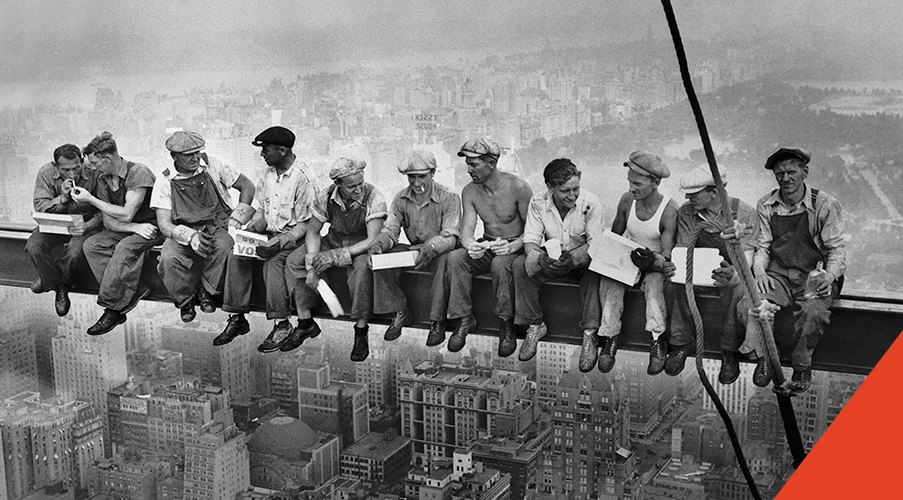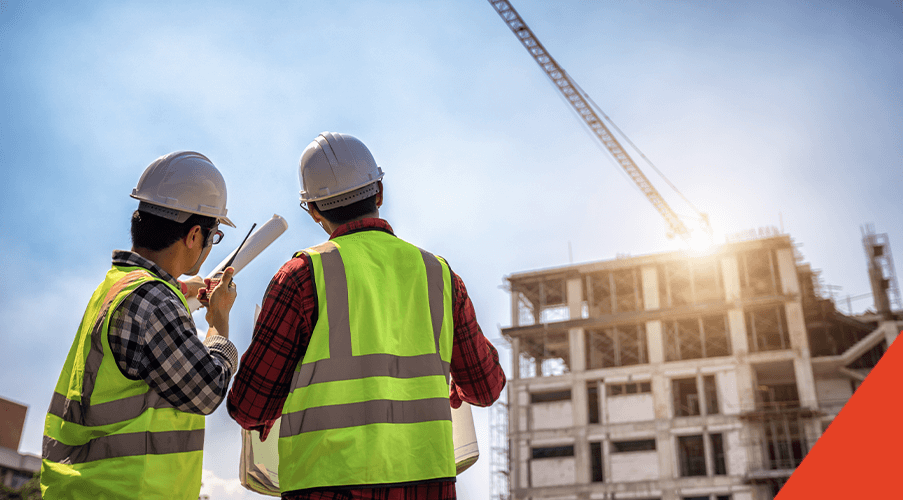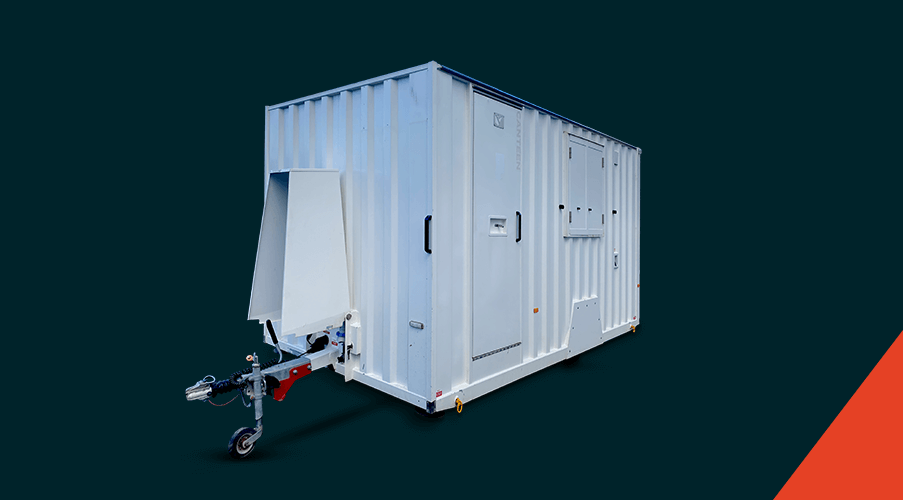Employee welfare is an essential point of consideration for companies, as it protects individuals and ensures a smooth-running operation.
Employees also have certain rights that must be respected including the right to access a welfare unit when working on site.
As such, the welfare industry has grown significantly over time as more projects means a greater demand for welfare units. Below we explore the history of the welfare industry, discuss how it has changed over time and look at where it is today.
How Sites Have Become Safer

Source: https://en.wikipedia.org/wiki/Lunch_atop_a_Skyscraper
You may have encountered the legendary photographs of construction workers enjoying their lunch atop a semi-built RCA Building. As funny and impressive as they are these photographs reveal something important; working construction sites are amongst the most dangerous a person can enter.
Luckily, safety standards have improved tremendously and construction workers now enjoy the benefits of a stringent set of regulations that protect their health and safety. Founded in 1975, the HSE (Health and Safety Executive) is the government agency responsible for ensuring construction sites meet acceptable standards, and today, work-related deaths and injuries are greatly reduced.

Construction Design and Management Regulations

This set of regulations relates specifically to the construction industry and covers the way construction sites are designed. Since the introduction of these regulations working life has improved significantly for construction and many other workers. Anything that meets the definition of a construction site must now provide the following:
![]()
Toilets
These are an obvious necessity for workers. Toilets must be clean, in good working condition and well ventilated. This gives a level of basic comfort to staff and also ensures proper hygiene is observed and sickness is reduced.
![]()
Drinking water
A readily accessible place for people to get drinking water is also a requirement. Unless the water source is a drinking fountain cups must also be provided.
![]()
Washing facilities
This is another important feature for both comfort and hygiene reasons. These facilities are to be clean, orderly and provide basins big enough for washing the hands, arms and face. These should also include warm running water and basic cleaning products like soap.
![]()
Changing rooms and lockers
If staff wear specialist clothing it’s essential for them to have a place to get changed and to store their personal effects safely.
![]()
Resting facilities
Workers need a clean and tidy place to prepare meals, eat lunch and rest. This is also necessitated by the CDM regulations.
The Rise of Welfare Units

Welfare units are innovative products designed for construction and other working sites to meet the requirements laid out in health and safety regulations. They represent a cost-effective way to provide your staff with everything they need on site including a toilet, rest area, washing and drinking facilities and more.
Many companies have grown to positions of prominence in the welfare industry, particularly since the introduction of the CDM regulations as they provide an essential service to contractors. Mobile welfare units are particularly convenient, and can be moved around on sites without the inconvenience and costs of a crane.
As Astley, we can supply cabins in different sizes, and cater for all budgets.
View current units for sale.
Keep In Touch
If you want to make sure you get the latest deals and all things Astley Cabins. Drop your email address into this form, and we'll keep in touch.


